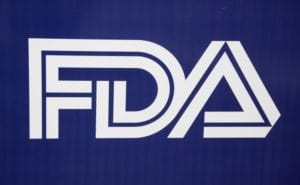 The United States Food & Drug Administration (FDA), is a government agency within U.S. Department of Health and Human Services. The goal of the FDA is to protect the public health by regulating and supervising the safety of foods, drugs, biologics, medical devices, radiation emitting devices, cosmetics, veterinary products, and tobacco.
The United States Food & Drug Administration (FDA), is a government agency within U.S. Department of Health and Human Services. The goal of the FDA is to protect the public health by regulating and supervising the safety of foods, drugs, biologics, medical devices, radiation emitting devices, cosmetics, veterinary products, and tobacco.
The FDA defines a medical device as, “an instrument, apparatus, implement, machine, contrivance, implant, in vitro reagent, or other similar or related article, including a component part, or accessory which is:
- recognized in the official National Formulary, or the United States Pharmacopoeia, or any supplement to them,
- intended for use in the diagnosis of disease or other conditions, or in the cure, mitigation, treatment, or prevention of disease, in man or other animals, or
- intended to affect the structure or any function of the body of man or other animals, and which does not achieve any of its primary intended purposes through chemical action within or on the body of man or other animals and which is not dependent upon being metabolized for the achievement of any of its primary intended purposes.”
The Center for Devices and Radiological Health (CDRH) is the branch of the FDA responsible for the premarket approval of all medical devices, as well as for overseeing the manufacturing, performance and safety of these devices. The CDRH also oversees the safety performance of non-medical devices that emit certain types of electromagnetic radiation as well as veterinary devices.
The FDA has assigned three classifications to medical device products, based on the percieved risk that the device poses to patient life. Based on these classifications, the FDA determines the level of regulatory control needed to legally manufacture and market the device. The three classsifications include:
- Class I – General controls
- Class II – General and special controls (510(k))
- Class III – Pre-market approval (PMA)
Class II devices requiring 510(k) clearance, also known as pre-market notification, the submitter must demonstrate that the medical device is “substantially equivalent” to a device that is already legally marketed for the same use. The submission must take place at least 90 days prior to the organization’s intent to market.
Pre-market approval (PMA) is required for all devices categoirzed as Class III. To acquire approval of a device through a PMA application, the PMA applicant must provide reasonable assurance of the device’s safety and effectiveness.
For more information, please visit: www.fda.gov
